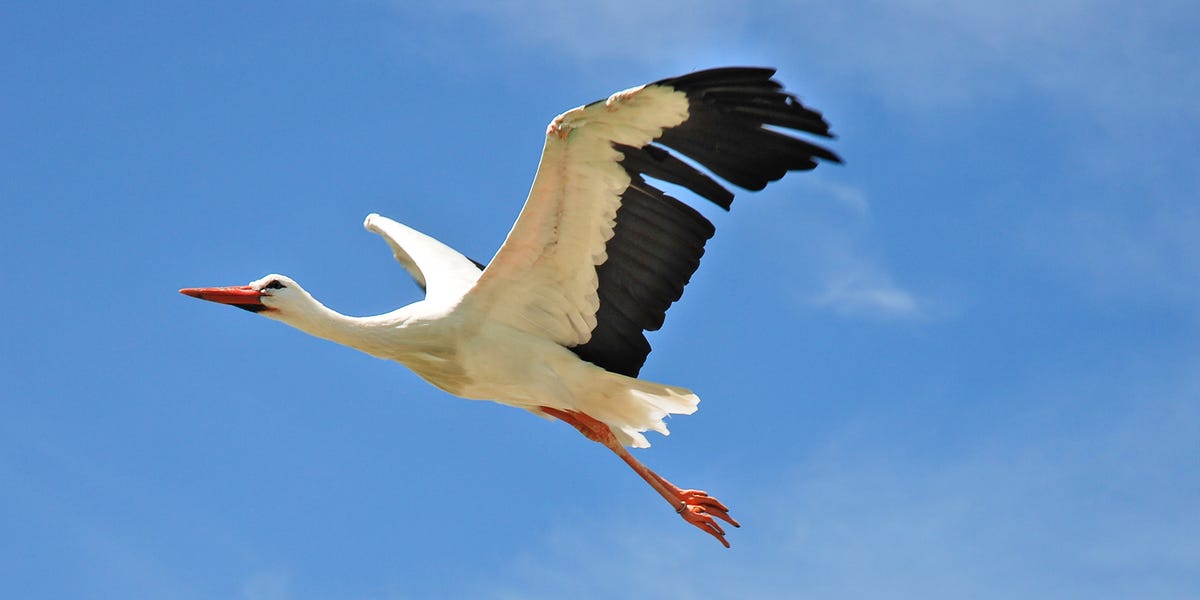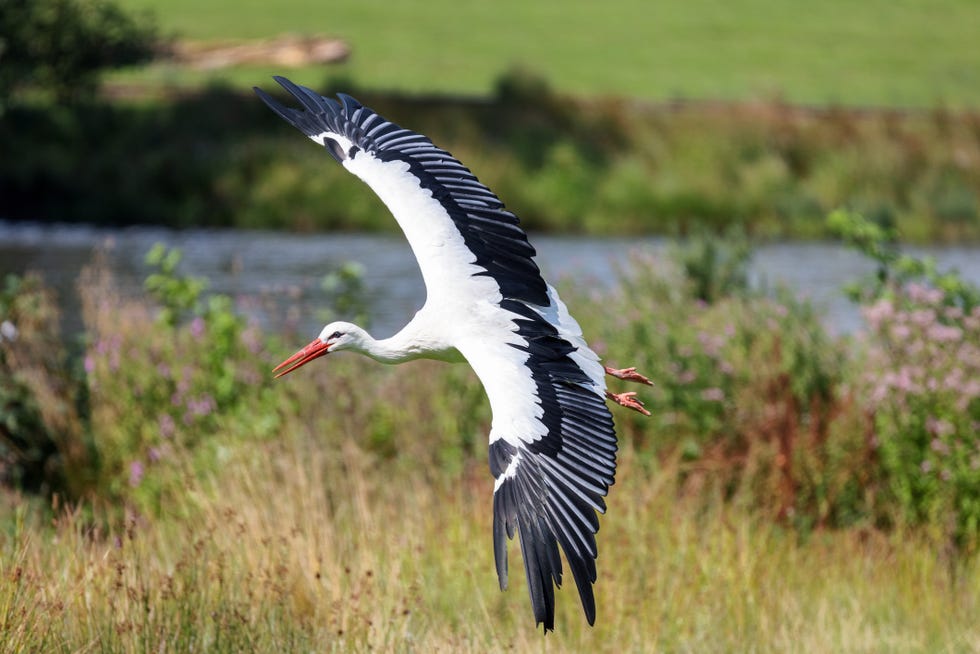The magnificent white stork could soon return to London skies, following proposed plans from an urban rewilding group to see if the capital is a suitable home for the bird.
Although white storks may have disappeared from Britain as breeding birds by the 15th century, there are still around 20-30 white stork sightings recorded annually in the UK.
Conservationists are now pondering whether these impressive, one-meter-tall birds may be able to settle into habitats in London’s trees, rooftops and buildings – mirroring how they typically thrive in countries such as Portugal, Germany and Poland.
Urban rewilding organisation Citizen Zoo is currently consulting with Londoners for their views on proposed steps to deliver a mutually beneficial solution for both people and nature.
Dr Rachel White, a researcher at the University of Brighton, is working in collaboration with Citizen Zoo to spearhead the discussion around this proposal, which aims to transform London into a “white stork-friendly” city.
Paul Hanley//Getty Images
The proposal sees Citizen Zoo gauge interest from London boroughs and survey their knowledge about the birds.
As part of the current research, the public can answer a series of questions to determine things such as their ability to identify a white stork from a selection of on-screen images, along with their general knowledge of the birds and where they typically live.
Citazen Zoo has previously worked with local communities on numerous rewilding projects, including one to bring beavers back to Ealing, efforts to restore wetlands in the capital and reintroduce water voles to Surrey.
This possible stork return to London comes following the recent conservationist efforts of the White Stork Project at Knepp Estate in West Sussex, which saw a pair of white storks breed successfully in the UK for the first time in more than six hundred years.
But experts say it will all come down to whether Londoners support this project.
Dr Rachel White explains: “It is really important to be monitoring stakeholders’ opinions and attitudes towards any reintroductions, because that’s one of the main reasons that reintroduction projects fail – they haven’t got the buy-in from the key stakeholders.
“It is really important to not assume, or to not just go ahead with projects, because you see the conservation value in it.”
This news comes after a British bird once hunted to near-extinction is making a comeback, alongside good news for the ‘UK’s loneliest bat‘, which is also rising in numbers thanks to conservation efforts.
Bird baths Glazed ceramic bird bath – oatmealCredit: Waitrose Garden
Glazed ceramic bird bath – oatmealCredit: Waitrose Garden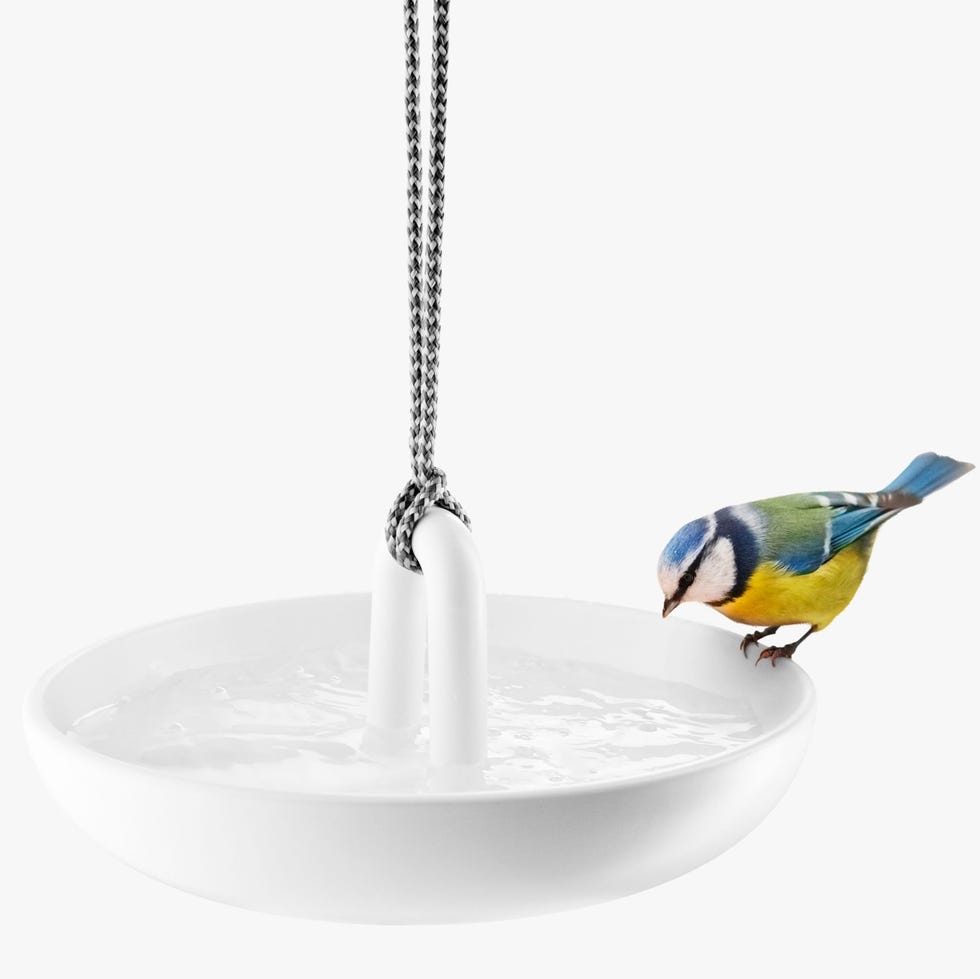 Eva Solo Hanging Bird BathCredit: Waitrose Garden
Eva Solo Hanging Bird BathCredit: Waitrose Garden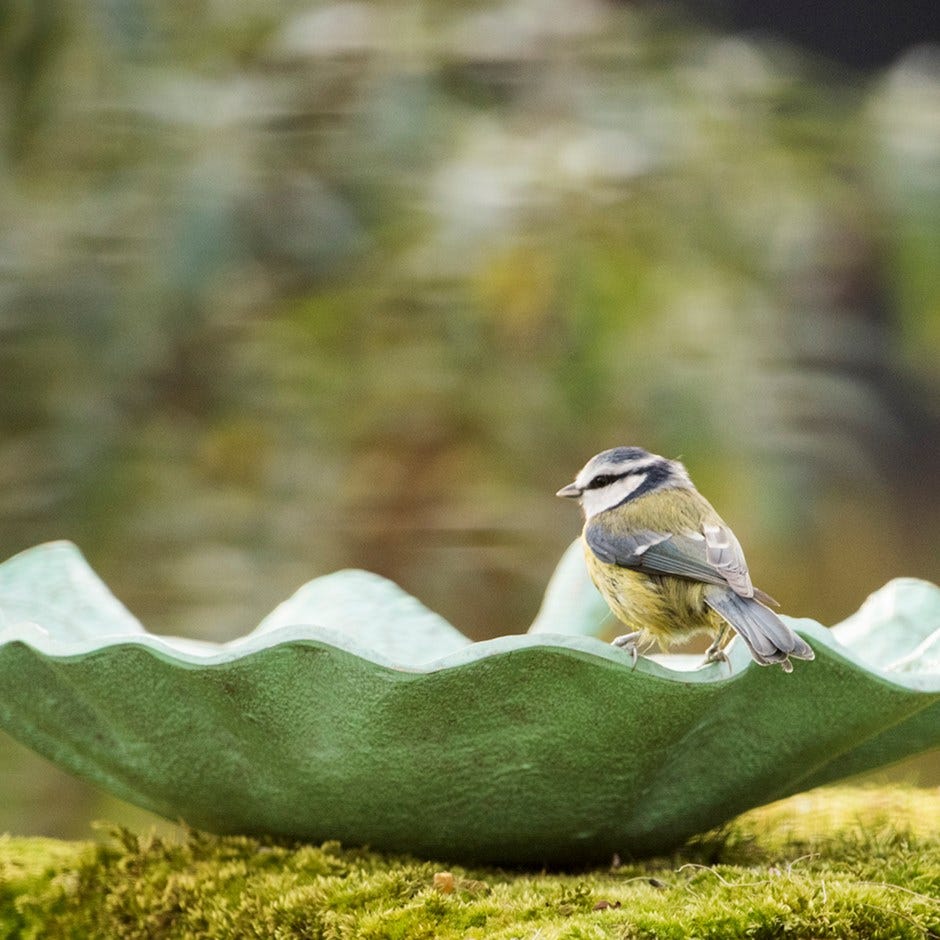 Verdigris leaf bird bathCredit: Waitrose Garden
Verdigris leaf bird bathCredit: Waitrose Garden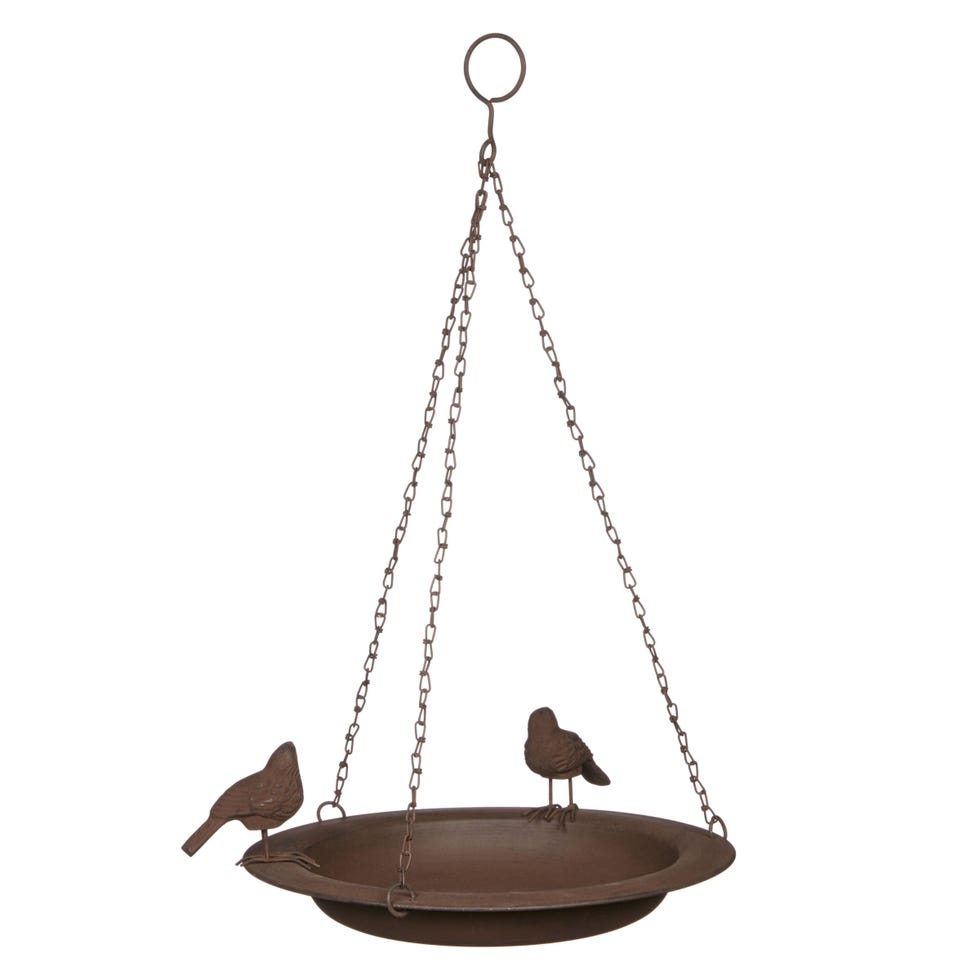 Ivyline Cast Iron Hanging Bird Bath, BronzeCredit: Waitrose Garden
Ivyline Cast Iron Hanging Bird Bath, BronzeCredit: Waitrose Garden
